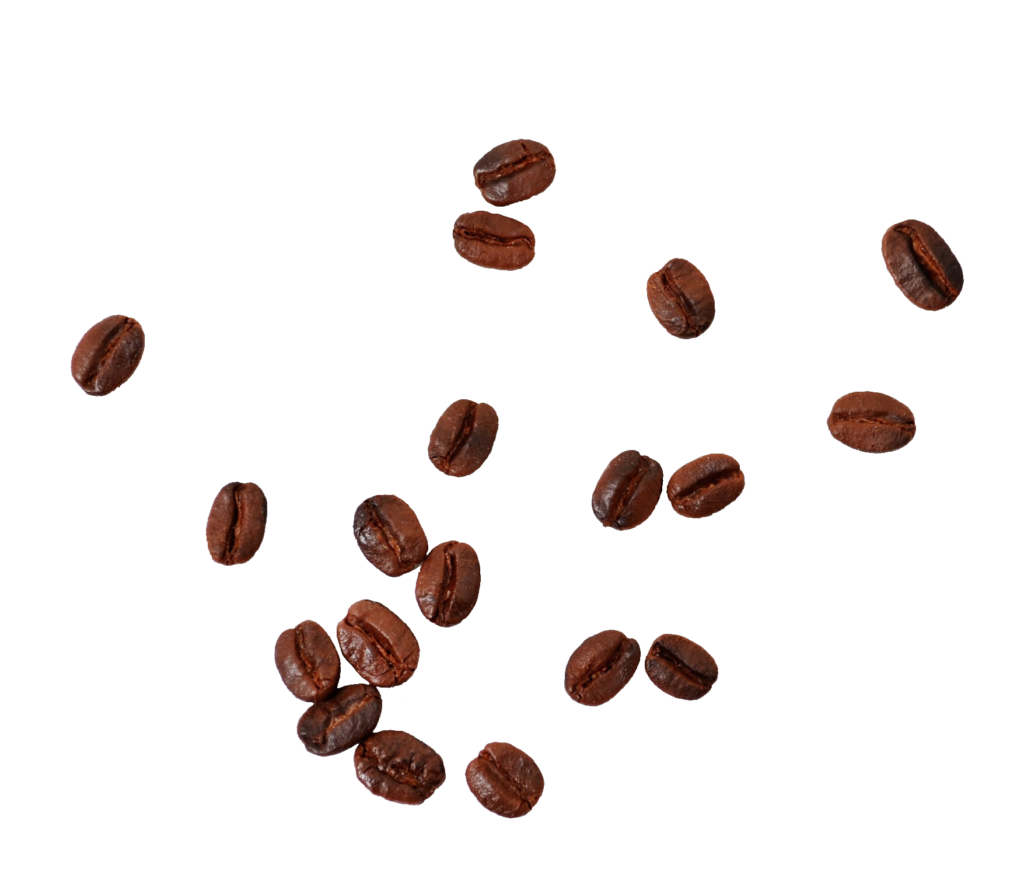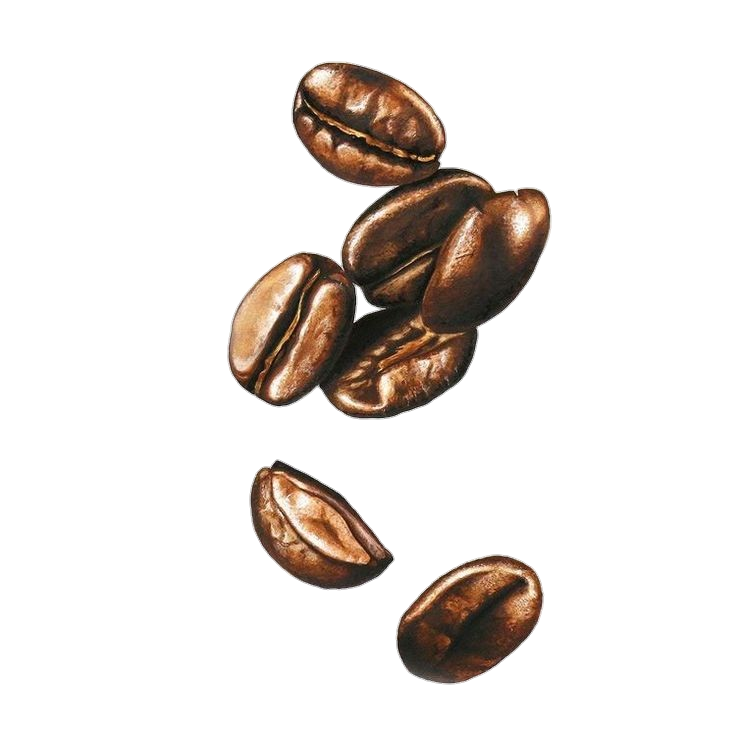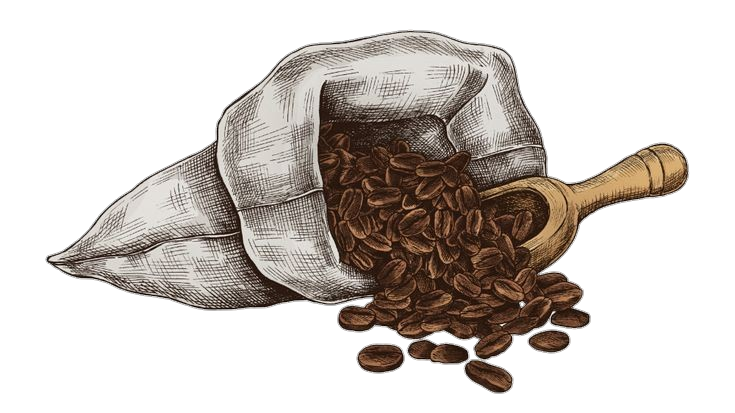
























Coffee, the aromatic elixir that ignites the senses and kick-starts the day for millions worldwide, is much more than a mere beverage. It embodies a rich tapestry of history, culture, and science. From its mythical origins to its pervasive presence in modern society, coffee has woven itself into human existence, catalyzing creativity, conversation, and camaraderie.
Coffee’s journey spans centuries and continents, evolving from its mythical beginnings in ancient Ethiopia to its ubiquity today. Legend has it that a goat herder named Kaldi first discovered the energizing properties of coffee beans after observing his goats frolicking with newfound vitality upon consuming them. From Ethiopia, coffee cultivation spread to the Arabian Peninsula, where it became an integral part of Islamic culture, particularly in the Sufi monasteries, where it was used to aid in concentration during long hours of prayer.
By the 15th century, coffee had made its way to the bustling trade markets of Constantinople, where it captivated the masses with its intoxicating aroma and stimulating effects. Coffeehouses, known as “qahveh khaneh,” soon became the epicenters of social and intellectual exchange, earning the moniker “Schools of the Wise.” From the Ottoman Empire to Renaissance Europe, coffeehouses became synonymous with enlightenment, where philosophers, poets, and revolutionaries convened to debate, discuss, and dissent.
Today, coffee continues to serve as a cultural touchstone, transcending geographical boundaries and uniting people from all walks of life. Whether sipped from a tiny espresso cup in Italy, savored as a ritualistic ceremony in Ethiopia, or enjoyed as a leisurely pastime in a trendy café in New York City, coffee fosters connections and fosters community, symbolizing shared experiences and shared humanity.
Behind coffee’s irresistible allure lies a complex concoction of chemicals that tantalize the taste buds and stimulate the senses. Coffee beans contain over 1,000 volatile compounds, including caffeine, chlorogenic acids, and aromatic oils, each contributing to the beverage’s distinct flavor profile and physiological effects.
Caffeine, the most well-known component of coffee, acts as a central nervous system stimulant, enhancing alertness and concentration while mitigating fatigue. On the other hand, chlorogenic acids impart a bitter taste to coffee and exhibit antioxidant properties that may confer health benefits, such as reducing the risk of chronic diseases like diabetes and heart disease.
During roasting, coffee beans undergo a chemical transformation known as the Maillard reaction, where sugars and amino acids react to produce a complex array of flavor compounds. This process gives rise to the rich, caramelized flavors and enticing aromas that characterize different coffee varieties, from the fruity acidity of Ethiopian Yirgacheffe to the chocolatey richness of Colombian Supremo.
Beyond its cultural significance and chemical composition, coffee holds a deeply personal significance for many individuals, offering solace, comfort, and a moment of respite amidst the hustle and bustle of daily life. For some, it’s the ritual of brewing the perfect cup each morning, the familiar aroma wafting through the air like a warm embrace. For others, it’s the simple pleasure of sharing a quiet moment with a loved one over a steaming mug, the conversation flowing as freely as the coffee itself.
Moreover, coffee’s comforting allure extends beyond its sensory pleasures to encompass its role as a catalyst for creativity and productivity. Countless writers, artists, and thinkers throughout history have relied on coffee’s stimulating effects to fuel their creative endeavors, turning to the brew as both muse and motivation.







Leave a Comment